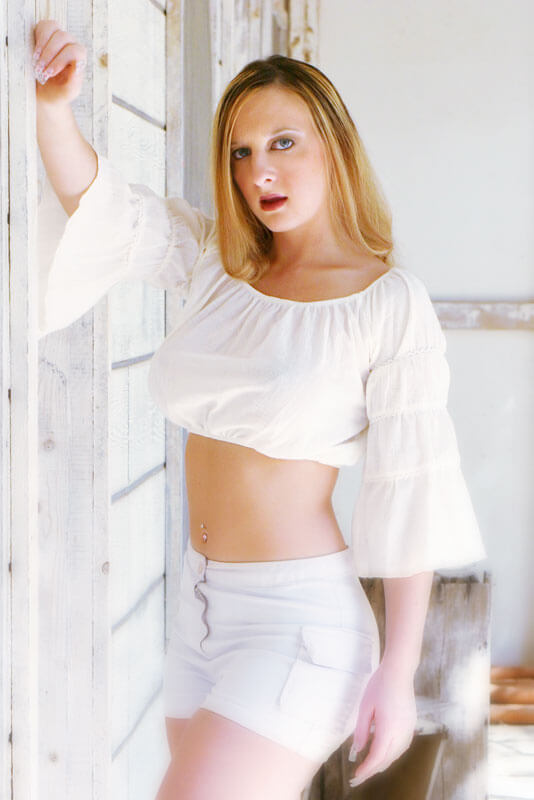Outdoor Portraiture Tips
Today’s Post by Joe Farace
 When working with a portrait subject—indoors or outdoors—I like to measure the light on both sides of a person’s face to determine the lighting ratio. There are all kinds of rules of thumb telling you what the ideal ratio is but Renaissance painters used a technique called chiaroscuro that featured ratios that would make some photographer’s hair stand on end but created art that has transcended the centuries. The “right” ratio will vary depending on the shape of the subject’s face and the look you want to produce for the final image.
When working with a portrait subject—indoors or outdoors—I like to measure the light on both sides of a person’s face to determine the lighting ratio. There are all kinds of rules of thumb telling you what the ideal ratio is but Renaissance painters used a technique called chiaroscuro that featured ratios that would make some photographer’s hair stand on end but created art that has transcended the centuries. The “right” ratio will vary depending on the shape of the subject’s face and the look you want to produce for the final image.
Watch the background. It’s so easy to become so enthralled by the person you’re photographing that you forget about the background where you’ve placed them. I believe that if you watch the background, the foreground will take care of itself. Nowhere is this more true that in making available light portraits. Busy, ugly backgrounds can be thrown out of focus by using longer lenses and wide apertures but it’s not uncommon to have to physically clean up an outdoor site before you can make a portrait. Tip: While you can always digitally remove beer cans and fast food wrappers, taking the time to clean up the trash before you make an outdoor portrait leaves it clean for everybody else too.



